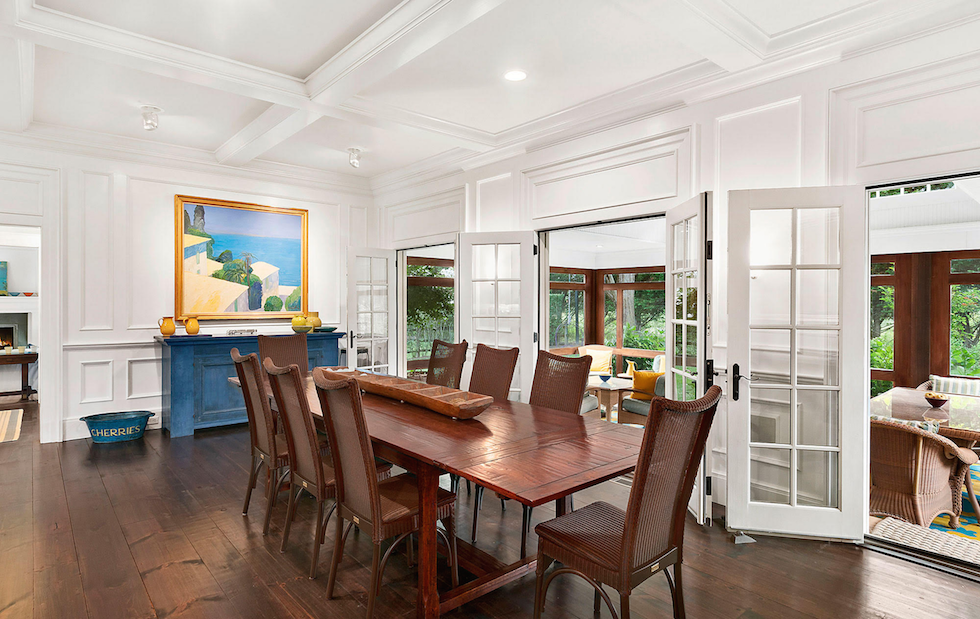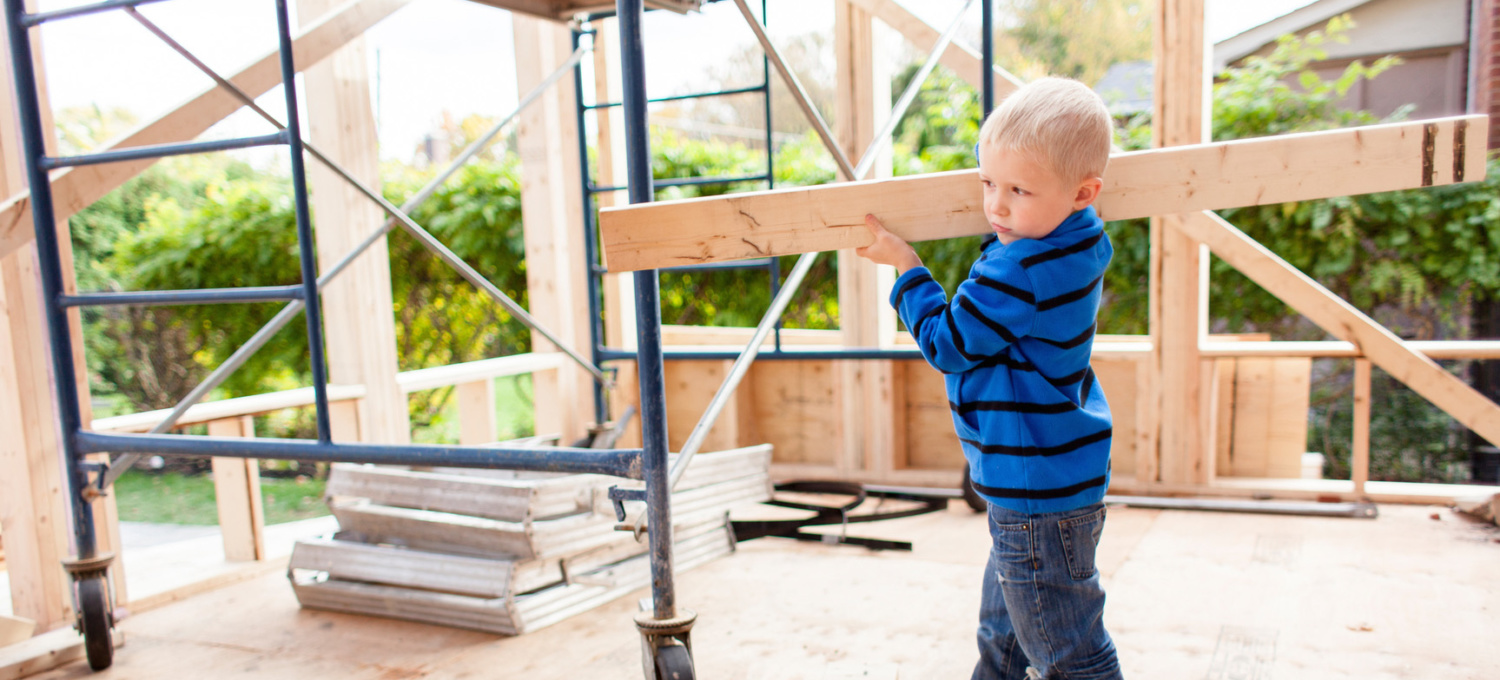From the acquisition of the property to the anticipated labor expense, the next most substantial variable in determining a developer’s profit margin is the material cost of construction.
Needless to say every East End builder walks a tightrope between high-end features vs the cost of production while striving for perfect execution.

A good builder understands the value of cutting costs on materials without sacrificing quality. In other words, an imbalance of good craftsmanship and cheap materials can be a toxic combination.
What most successful projects have in common is a healthy mix of good labor, quality products, and materials. Like any great chef that uses only the best ingredients, the result is generally a great meal.
It’s important to note that some builders have an unwavering comfort zone when choosing one vendor over another and resist trying anything new in fear of upsetting the apple cart. Any change to the building process is perceived as a risk. Particularly when it comes to importing materials from out of town.

We absolutely support buying local for a variety of reasons, mainly because it’s good for the East End economy. Also, local vendors can be extremely helpful during the bidding exercise and will help expedite the process by assisting in due diligence, specification analysis, and offering material options all with a simple phone call or office visit. Local suppliers also offer incentives like volume and early payment discounts to create vendor loyalty.
We don’t pretend to have all the answers, but what we do know is more and more builders (and their project managers) are sharpening their pencils down to a nub in order to spread their budgets even father. By that we mean they spend an equal mount of time on value-engineering in terms of labor expenses, as they do material cost.
For instance, if a project is roughly 4800 sq ft., and the cost to construct a high-end luxury home is roughly $1,500,000… The material expense alone can run as much as $900,000. A savings of 15% in material expense can net the builder as much as $135,000 in profit or help to mitigate and offset miscellaneous overruns.
Local vendor loyalty arrises from product quality, convenience, special discount, a long and established relationship, or a combination. Which ever way you slice it, before committing the entire project to one supplier, it’s important to check with other vendors as well.

Drawing comparisons and improving your service costs are part of what makes you a better business person and can greatly improve the odds of success.
The general rule of thumb is that if one supplier offers prices significantly better than the other, and their materials are the same, then the decision process is an easy one. However if their prices are better because their materials are inferior, then you may need to take another look at your supplier.
To simplify matters for this discussion, lets say there are a definitive number of local suppliers. Riverhead Building Supply, Florence Lumber, Watermill lumber, Speonk Lumber, Allied Building Products, as well as Pro-build (the Sam’s club for builders) Southampton Brick & Tile, Alan Court, Versa Tile, Revco, Blackman, etc…
Add another subset of e-commerce enabled suppliers like Lowes, Home Depot, Stone Depot and now R.E.L.M, that ship directly to your job site.
Good News.. Bad News.
The good news about buying local is that if there are any issues with the order, making adjustments aren’t as traumatic and create less havoc on the work day. You’ll sleep better at night knowing your order will be parked nicely on site when you show up at 7:00 am the next day to begin work.
The bad news is that you will pay a little more for the service, convenience and somewhat peace of mind.
The good news about the e-commerce suppliers is that you will save money, but …
The bad news is you may have issues with product quality (ie split, warped or damaged materials during shipping) and you may have to compromise on the delivery time and the off-loading process. But no one said saving money would be easy.
For example some builders only trust their plumbing fixtures to say BlackMan (Southampton Supplier) because of the convenient return policy. More builders are now willing to take the risk of buying through internet supply companies because they can pick up a significant bump in savings. Built into the size and scale of the order is a discount large enough to make it worth the risk of having to return product.
Interesting enough, a new local wood source Royal Elite Lumber Mill borrowed it’s business model from Warby Parker.
Warby Parker allows its clients to shop for eye glasses via the internet, saving them hundreds. By sending consumers sample frames they create a comfort level and simplify the point of purchase.
Warby charges the client’s credit card after the sample is approved, and then sends the finished glasses for 1/3 of the cost of going to Lens Crafters or a local optometrist. Their model allows the consumer significant savings, convenience, and the opportunity to try-before-you-buy.
Similarly, the RELM business model closely shadows Warby’s, providing the client with an assurance of quality prior to the final purchase order.
They send a wood sample, production photos, moisture content, and ship the product directly to the job site.

They carry cedar siding, poplar trim (cut to your design specs) and all flooring products. A builder can save thousands on large orders because they cut out all the parts that make up the supply chain. With modern technology they’ve simplified the purchase process down to micro brewery efficiency. There three steps are simple: product quality, pin point delivery, and reduced cost.
For example: The hottest product right now for siding is Alaskan Yellow Cedar (shakes). The average cost per box is roughly $165. Multiply that by 200 boxes and your total cost is $33,000. The same order through a material broker like RELM that ships direct would be $143/box x 200 boxes = $28,600.
Just as Amazon is turning the “Fulfillment Center” concept of buying into a science, on the horizon are material brokers that act as import experts handling everything from counter-tops from Italy and Vietnam, to framing materials and plastic Azek trim from Asia.
We’re living in a material world, and e-commerce will only continue to make the world smaller.
It used to be the bigger the project, the bigger the savings. But now the rule has become, the smaller the scale the tighter the margin for error.
For a free consultation on material vetting and improving your material bidding process contact us.
Best,
Dan & Noel.

